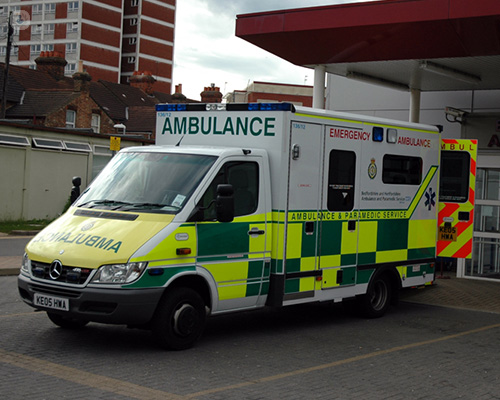ER
What is an emergency room (ER)?
An emergency department is also known as an accident and emergency department (A&E), emergency room (ER), emergency ward (EW) or a casualty department. It specialises in emergency medicine for patients who arrive without an appointment, either by their own means or by an ambulance. The department must provide treatment for a range of illnesses and injuries, with most of these being life-threatening and in need of immediate attention.

What are the different types of ER departments?
The departments are divided into three categories:
Type 1 departments – these are the major emergency departments that provide a 24-hour service. Led by consultants, the departments have facilities for resuscitating patients. Some of the type 1 departments are combined with major trauma centres or specialist emergency hospitals to deal with patients who have complex conditions.
Type 2 departments – are consultant-led facilities that manage single specialties, such as treating dental problems or ears, nose and throat.
Type 3 departments – treat minor injuries and illnesses such as broken bones, stomach aches, cuts, fractures, infections or rashes. They can be accessed without an appointment and the departments include walk-in centres.
Who works in an emergency department?
The staff in an emergency department consists of paramedics, nurses, diagnostic radiographers, reception staff, porters, healthcare assistants and emergency medicine doctors. The medical staff are highly trained in emergency medicine.
What happens in ER?
If arriving by ambulance, the crew will report to the hospital when arriving. If the patient is in a critical condition, the staff will know and await their arrival. If the patient is not in a critical condition, they will be prioritised by the A&E team alongside the other patients who are waiting to be seen. The following is the process for arriving in an ER:
Register – If arriving at the ER department alone, the patient will be asked to fill in a form with all of their details and if they have been there before the registrar will check their health records.
Assessment – Once registered, the patient is pre-assessed by a nurse or doctor. This is called triage and ensures that people with the most serious conditions are seen first.
Treatment, transfer or discharge – The next step depends on the results of the assessment. In some cases, further tests need to be organised before a course of action has been decided. If the doctor feels that the situation is not an emergency, the patient may be sent to a nearby care centre or be referred to a GP. Some individuals are sent home with a prescription, or if their situation is more complicated, they may be referred to a specialist unit.